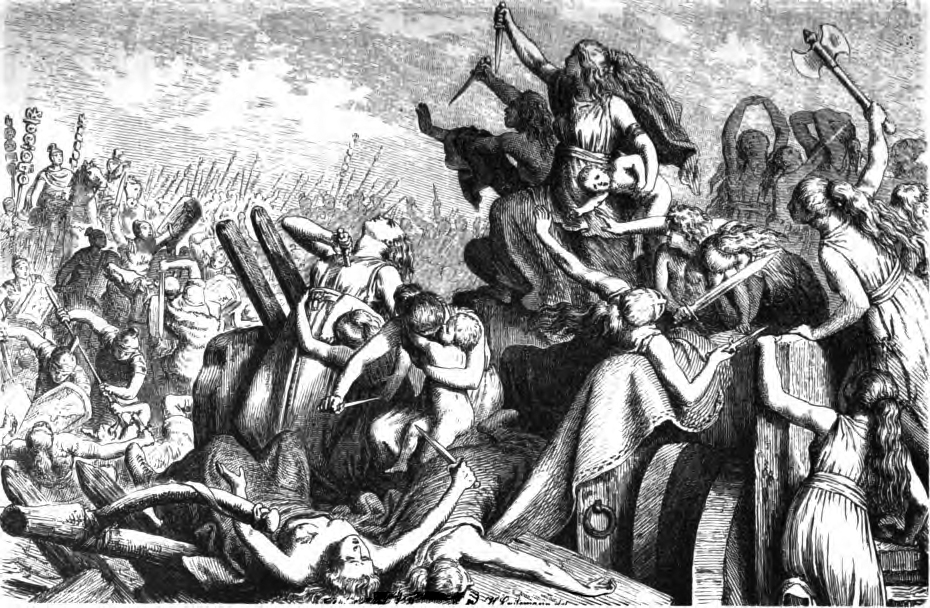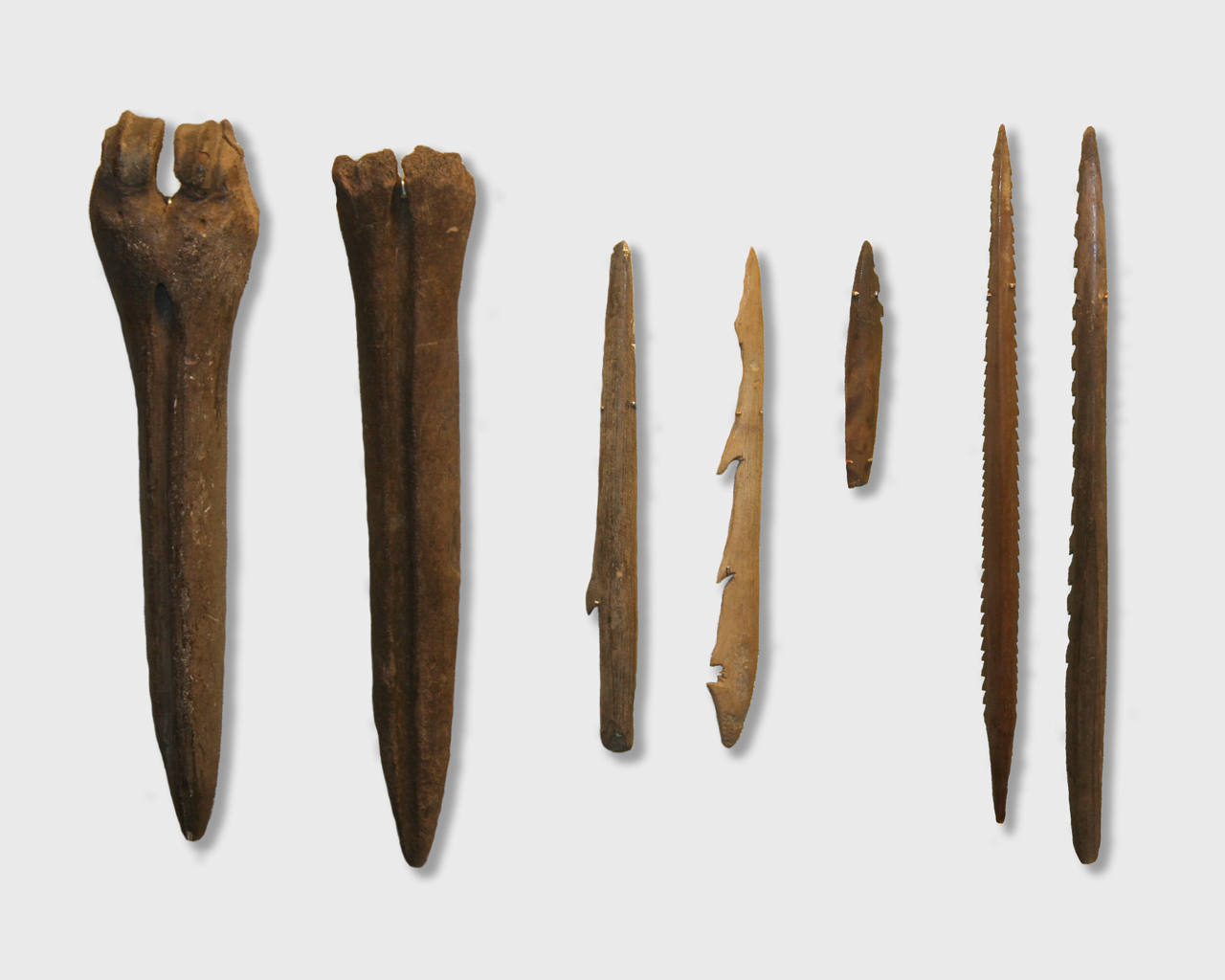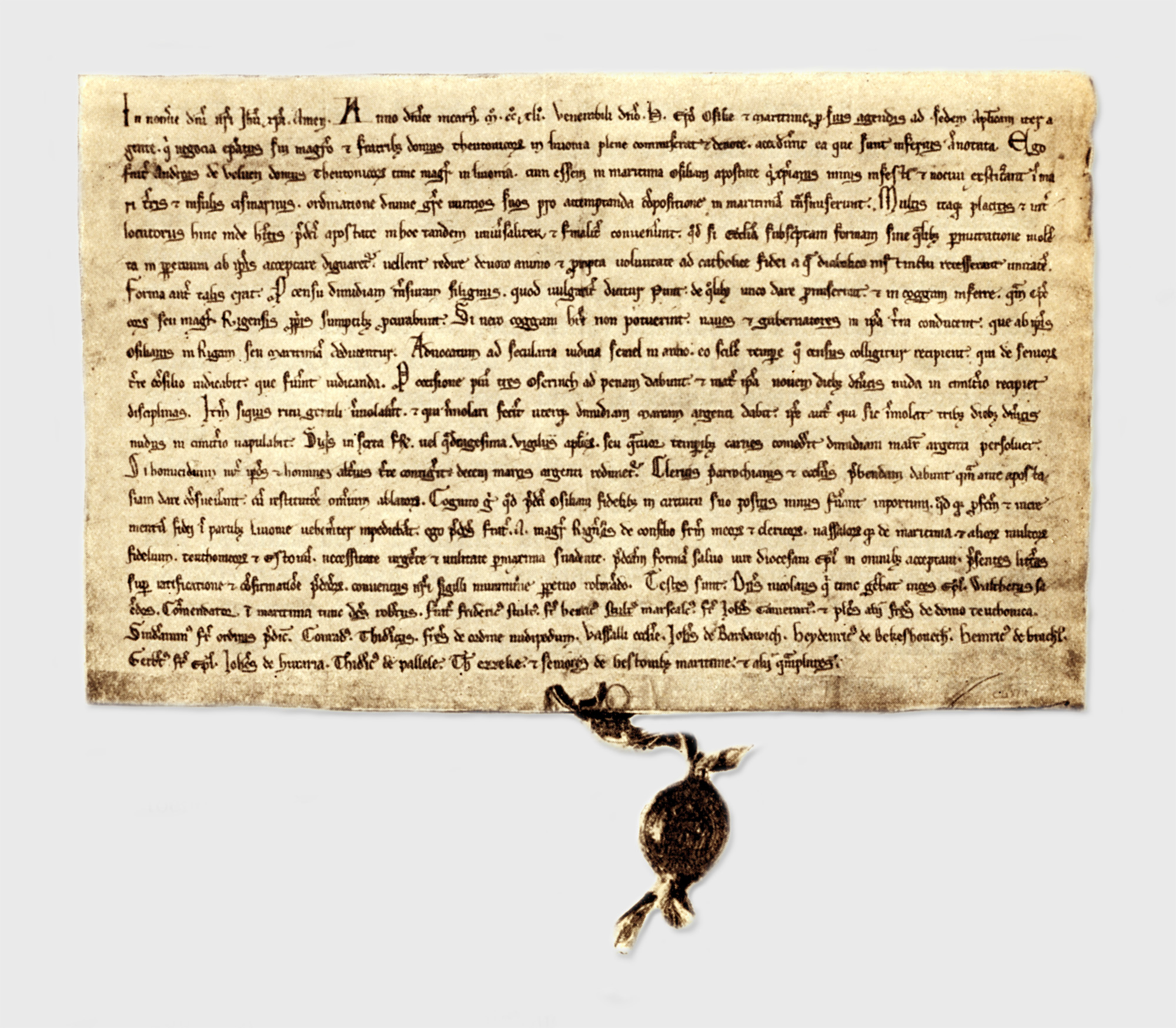|
Mõhu
Mõhu was a small landlocked ancient Estonian county in the central part of the territory of Estonia. It was later conquered by the Teutonic Order during the Estonian Crusade. See also *Livonian Crusade The Livonian crusade refers to the various military Christianisation campaigns in medieval Livonia – in what is now Latvia and Estonia – during the Papal -sanctioned Northern Crusades in the 12–13th century. The Livonian crusade was co ... References External links Kuidas elasid inimesed vanasti, möödunud sajandil ja praegu (Estonian) {{DEFAULTSORT:Mohu [...More Info...] [...Related Items...] OR: [Wikipedia] [Google] [Baidu] |
Estonia
Estonia, formally the Republic of Estonia, is a country by the Baltic Sea in Northern Europe. It is bordered to the north by the Gulf of Finland across from Finland, to the west by the sea across from Sweden, to the south by Latvia, and to the east by Lake Peipus and Russia. The territory of Estonia consists of the mainland, the larger islands of Saaremaa and Hiiumaa, and over 2,200 other islands and islets on the eastern coast of the Baltic Sea, covering a total area of . The capital city Tallinn and Tartu are the two largest urban areas of the country. The Estonian language is the autochthonous and the official language of Estonia; it is the first language of the majority of its population, as well as the world's second most spoken Finnic language. The land of what is now modern Estonia has been inhabited by '' Homo sapiens'' since at least 9,000 BC. The medieval indigenous population of Estonia was one of the last "pagan" civilisations in Europe to adop ... [...More Info...] [...Related Items...] OR: [Wikipedia] [Google] [Baidu] |
Ancient Estonia
Ancient Estonia refers to a period covering History of Estonia from the middle of the 8th millennium BC until the conquest and subjugation of the local Finnic tribes in the first quarter of the 13th century during the Teutonic and Danish Northern Crusades. The Mesolithic Period The region has been populated since the end of the last glacial era, about 10,000 BC. The earliest traces of human settlement in Estonia are connected with Kunda culture. The oldest known settlement in Estonia is the Pulli settlement, which was located on the banks of the river Pärnu, near the town of Sindi, in southwestern Estonia. It has been dated to the beginning of the 9th millennium BC. The Kunda Culture received its name from the ''Lammasmäe'' settlement site in northern Estonia, which dates from earlier than 8500. Bone and stone artifacts similar to those found at Kunda have been discovered elsewhere in Estonia, as well as in Latvia, Russia, northern Lithuania and southern Finland. Amon ... [...More Info...] [...Related Items...] OR: [Wikipedia] [Google] [Baidu] |
Teuton Flag
The Teutons ( la, Teutones, , grc, Τεύτονες) were an ancient northern European tribe mentioned by Roman authors. The Teutons are best known for their participation, together with the Cimbri and other groups, in the Cimbrian War with the Roman Republic in the late second century BC. Julius Caesar described them as a Germanic people, a term he applied to all northern peoples located east of the Rhine, and later Roman authors followed him. On one hand, there is no direct evidence that they spoke a Germanic language, and evidence such as their name, and the names of their rulers, indicates at least a strong influence from Celtic languages. On the other hand the indications that classical authors gave about the homeland of the Teutones is considered by many scholars to show that they lived in an area associated with early Germanic languages, and not Celtic languages. Name The ethnonym is attested in Latin as ''Teutonēs'' or ''Teutoni'' (plural) or, more rarely, as ''Teut ... [...More Info...] [...Related Items...] OR: [Wikipedia] [Google] [Baidu] |
Landlocked
A landlocked country is a country that does not have territory connected to an ocean or whose coastlines lie on endorheic basins. There are currently 44 landlocked countries and 4 landlocked de facto states. Kazakhstan is the world's largest landlocked country while Ethiopia is the world’s most populous landlocked country. In 1990, there were only 30 landlocked countries in the world. The dissolutions of the Soviet Union and Czechoslovakia; the breakup of Yugoslavia; the independence referendums of South Ossetia (partially recognized), Eritrea, Montenegro, South Sudan, and the Luhansk People's Republic (partially recognized); and the unilateral declaration of independence of Kosovo (partially recognized) created 15 new landlocked countries and 5 partially recognized landlocked states while the former landlocked country of Czechoslovakia ceased to exist on 1 January 1993. On 5 October 2022, the Luhansk People's Republic was annexed by Russia and ceased to exist as a de fact ... [...More Info...] [...Related Items...] OR: [Wikipedia] [Google] [Baidu] |
Ancient Estonia
Ancient Estonia refers to a period covering History of Estonia from the middle of the 8th millennium BC until the conquest and subjugation of the local Finnic tribes in the first quarter of the 13th century during the Teutonic and Danish Northern Crusades. The Mesolithic Period The region has been populated since the end of the last glacial era, about 10,000 BC. The earliest traces of human settlement in Estonia are connected with Kunda culture. The oldest known settlement in Estonia is the Pulli settlement, which was located on the banks of the river Pärnu, near the town of Sindi, in southwestern Estonia. It has been dated to the beginning of the 9th millennium BC. The Kunda Culture received its name from the ''Lammasmäe'' settlement site in northern Estonia, which dates from earlier than 8500. Bone and stone artifacts similar to those found at Kunda have been discovered elsewhere in Estonia, as well as in Latvia, Russia, northern Lithuania and southern Finland. Amon ... [...More Info...] [...Related Items...] OR: [Wikipedia] [Google] [Baidu] |
Teutonic Order
The Order of Brothers of the German House of Saint Mary in Jerusalem, commonly known as the Teutonic Order, is a Catholic religious institution founded as a military society in Acre, Kingdom of Jerusalem. It was formed to aid Christians on their pilgrimages to the Holy Land and to establish hospitals. Its members have commonly been known as the Teutonic Knights, having a small voluntary and mercenary military membership, serving as a crusading military order for the protection of Christians in the Holy Land and the Baltics during the Middle Ages. Purely religious since 1810, the Teutonic Order still confers limited honorary knighthoods. The Bailiwick of Utrecht of the Teutonic Order, a Protestant chivalric order, is descended from the same medieval military order and also continues to award knighthoods and perform charitable work. Name The name of the Order of Brothers of the German House of Saint Mary in Jerusalem is in german: Orden der Brüder vom Deutschen Haus de ... [...More Info...] [...Related Items...] OR: [Wikipedia] [Google] [Baidu] |
Estonian Crusade
The Livonian crusade refers to the various military Christianisation campaigns in medieval Livonia – in what is now Latvia and Estonia – during the Papal -sanctioned Northern Crusades in the 12–13th century. The Livonian crusade was conducted mostly by the Holy Roman Empire and the Kingdom of Denmark. It ended with the creation of Terra Mariana and the Danish duchy of Estonia. The lands on the eastern shores of the Baltic Sea were one of the last parts of Europe to be Christianised. On 2 February 1207, in the territories conquered, an ecclesiastical state called ''Terra Mariana'' was established as a principality of the Holy Roman Empire, and proclaimed by Pope Innocent III in 1215 as a subject of the Holy See. After the success of the crusade, the Teutonic Order, Teutonic- and Danish- occupied territory was divided into six feudal principalities by William of Modena. Wars against Livs and Latgalians (1198–1209) By the time Germans, German traders began to arrive in ... [...More Info...] [...Related Items...] OR: [Wikipedia] [Google] [Baidu] |
Livonian Crusade
The Livonian crusade refers to the various military Christianisation campaigns in medieval Livonia – in what is now Latvia and Estonia – during the Papal -sanctioned Northern Crusades in the 12–13th century. The Livonian crusade was conducted mostly by the Holy Roman Empire and the Kingdom of Denmark. It ended with the creation of Terra Mariana and the Danish duchy of Estonia. The lands on the eastern shores of the Baltic Sea were one of the last parts of Europe to be Christianised. On 2 February 1207, in the territories conquered, an ecclesiastical state called ''Terra Mariana'' was established as a principality of the Holy Roman Empire, and proclaimed by Pope Innocent III in 1215 as a subject of the Holy See. After the success of the crusade, the Teutonic- and Danish- occupied territory was divided into six feudal principalities by William of Modena. Wars against Livs and Latgalians (1198–1209) By the time German traders began to arrive in the second half of ... [...More Info...] [...Related Items...] OR: [Wikipedia] [Google] [Baidu] |




